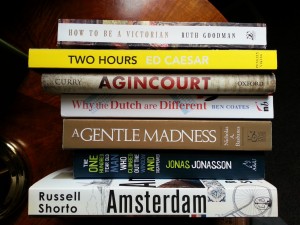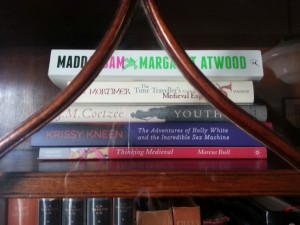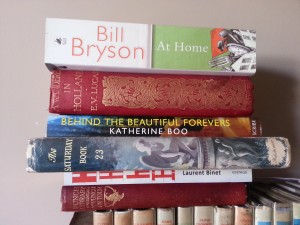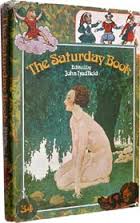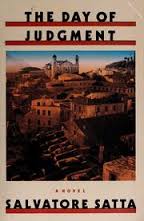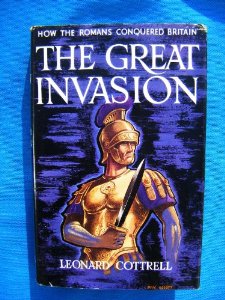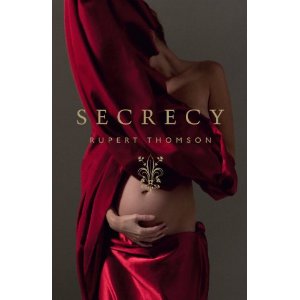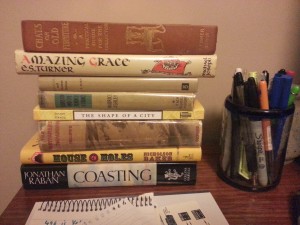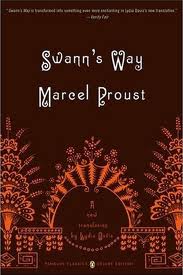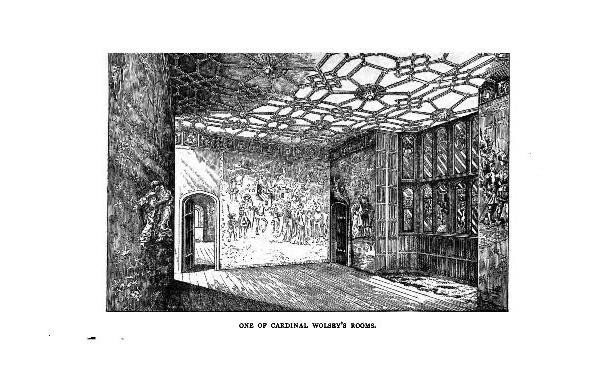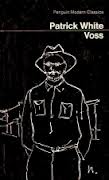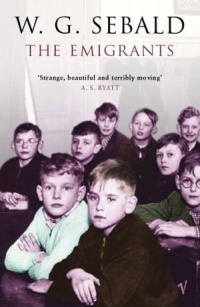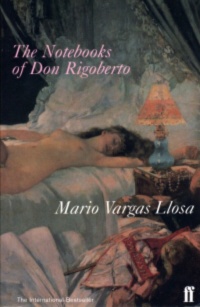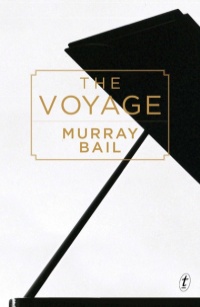20 years ago, I was mildly stung by criticism by Kim that an expensive hardback I’d asked for as a present was unread (and it remains the case). It’s become a running joke whenever she shells out some dollars on me, and 2015 seems to have been the year I either ran out of personal reading interests, or the year I paid respect to my wife’s tastes. Two out of three of her Christmas books are in the can so to speak, and there are smiles all round.
It was a weird year for reading, where the English history books were losing their lustre a little, the Dutch ascending, and the emergence of a few Running texts reflected recent interests. The podcast listening probably went the same way – no more WoW ones (despite still hanging on by a thread playing the game), and Marathon Talk and local Aussie equivalents got a regular listen. I became familiar with the IAAF and Russian state-sponsored doping! Interviews with local aspirants means I now have heightened awareness of the leadup / qualifiers to the Rio 2016 Olympics, so I’m looking forward to the big distance events this year since I know the athletes names and follow a few on Twitter.
Back to some books, Russell Shorto’s “Amsterdam” was a $10 Reading book table special I was pretty certain I’d dislike – written by a yank, newly resident in Europe, and starting off with him dropping his child at a nanny’s place, so he could be free to research and ponder earlier times. I thought I’d last 50 pages, but the book ended up winning me over. Well researched and comprehensive – hats off to Russell! 4 stars.
Wanting something a little lighter next, I couldn’t resist the preposterous bestseller “The One Hundred Year Old Man who Climbed out the Window and Disappeared” by Jonas Jonasson. A silly farcical road trip it was, but utterly charming. There are not many books that can lay claim to including a scene about an elephant evading police capture by riding in a converted yellow school bus. The movie just happened to have been released recently, so we watched that too, and it was fun watching how they grappled with the more ridiculous scenes, some of which just couldn’t be executed on screen. Such a fun romp. 4 stars.
“A Gentle Madness” by Nicholas Basbanes took me awhile to get through. Dense and serious, I came to appreciate how long it may have taken the author to establish the credibility to mix in the circles needed to learn the legendary stories of the high-end book buying world and its obsessive collectors. The section on Stephen Blumberg was particularly good due to the criminal aspects and his close access to the man. It was still a wonderful read, full of eccentrics, despite being dry and overly lengthy in parts. Don’t think I’ll ever own a First Folio though… 4 stars.
Why did I read another Dutch book? Kim bought it for me of course! “Why the Dutch are Different” by Ben Coates, a pom who married a Dutch girl in Rotterdam, was a much more modern take on the country. He’s out there travelling around the south, soaking it all up, going to a bunch of Carnaval celebrations in Breda and Eindhoven and asking some of the trickier questions about the limits of Dutch tolerance, the uncomfortable racism of Zwarte Piet, and some of myths of Dutch wartime resistance and narrative. It got a touch repetitive near the end but I really liked this book too. 4 stars.
I heard a decent summary of the battle of Agincourt in a History Extra podcast interview with Anne Curry, so her book “Agincourt” surprisingly had little left to add in it’s efforts to unearth all possible references on the English and French sides. Long debated aspects such as “the sizes of the two armies”, “the importance of the English bowmen” and “whether the French prisoners were killed on the King’s word” were worked through again and again. The problem with such limited source material – often written well after the events, is there really isn’t much of a book in it, especially with someone as scrupulous as Curry at the helm. More interesting would have been an imagining of the events told as fiction. Probably not the wisest choice of a purchase Kim! Too academic for me. 2 stars.
“Two Hours” is Ed Caesar’s well researched history of the Marathon, running physiology and of the current crop of Kenyans who are inching the 26 mile record closer to 120 minutes using previously unthinkable early race aggression, and pacers. There’s some talk of drug use in the sport, and a sense of how far the race has fallen in terms of public awareness and admiration for its stars, now that they are almost always African runners. From what I gather, no other writer has taken the time to get to know the Kenyans, visit their training camps and tell their stories like Ed, so I am full of respect for his efforts. It was a decent book, which reminds that success is brief and hard work is everything. 4 stars.
Ruth Goodman wrote “How to be a Victorian” and its sister book How to be a Tudor because she’s a practical lady with oodles of curiosity and time on her hands to explore yesteryear. Arranged in dawn till dusk order, she takes us through a day in the life of the various classes from the 1830s till 1900, providing personal examples of her attempts to eat, clean, dress and work like a Victorian for what must have been years on end. I think someone told me she was on a “period-reality show” for much of it. Seems like bloody hard (and hot – 10 petticoats anyone?) work. I was never bored, but it was a touch long maybe – attitudes to bathing, clothing and health in particular were eye opening. 4 stars.
